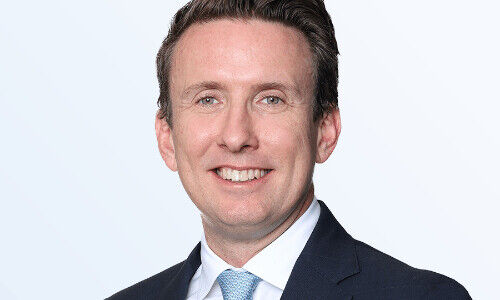Singapore Has the Region’s Wealthiest One Percent Club
In Asia Pacific, reaching the rarified air of the ultra-high net worth is particularly hard in the city-state while in Hong Kong, you need three times the money you would in mainland China.
The 1 percent club. The money needed to make it can still vary enormously depending on what country or city you live in, even in an era where the gap between the rich and the poor is generally understood to be accelerating.
A graphic released by Visual Capitalist on Thursday using data from the Knight Frank Wealth Report 2024 shows that the wealth needed to make the top bracket of the uber-rich in the Asia Pacific is the hardest in Singapore.
The Hong Kong Triple
According to them, it took $5.2 million to become a member of the 1 percent club in the city-state. They were followed by Hong Kong, where it took $3.1 million, Japan ($2 million), and mainland China, where you need $1.1 million.
Surprisingly, as they point out, you need three times the wealth in Hong Kong to be a member of the club than you do in mainland China.
Monaco is Highest Worldwide
If you expand the region’s borders to include Australasia, Australia, and New Zealand would sit relatively snugly behind Singapore ($4.7 and $4.6 million respectively).
The online publisher indicated that smaller European countries continued to top the list worldwide, with the membership fee in the 1 percent club the highest in Monaco, where you need $12.9 million.
Switzerland in Third
That was followed by Luxembourg ($10.8 million) and Switzerland ($8.5 million).
Interestingly, the US, home to the world’s highest number of billionaires, only came fourth, with membership in the top bracket only requiring a relatively modest $5.8 million.
The Population Conundrum
Visual Capitalist maintained, almost ruefully, that the country’s high population base reduced the amount of money needed to make the 1 percent.
If that is the case, however, it should also be true for mainland China and other large, growing economies such as India when compared with smaller European countries, hubs, or cities.
Chasm, Not Gap
As an example, the difference in population between a Hong Kong (roughly 7.5 million residents) and China (almost 1.5 billion) is more a chasm than a gap and would also have to be factored into that kind of rationale.
















